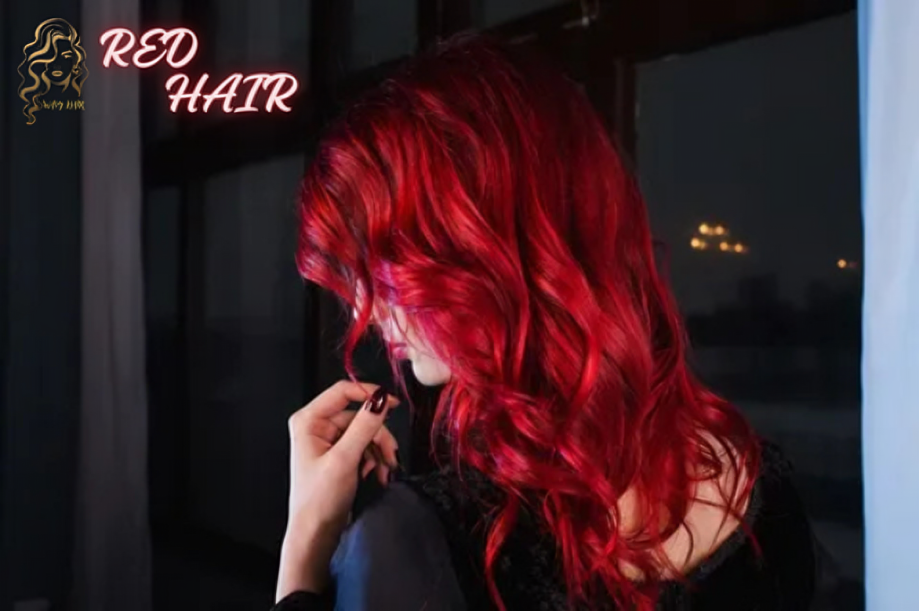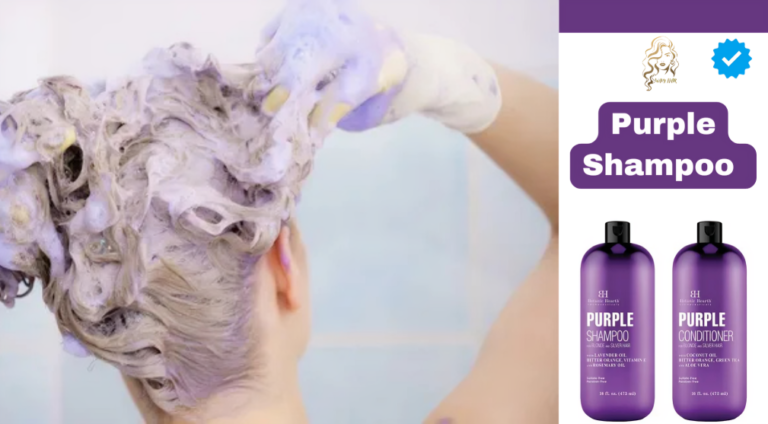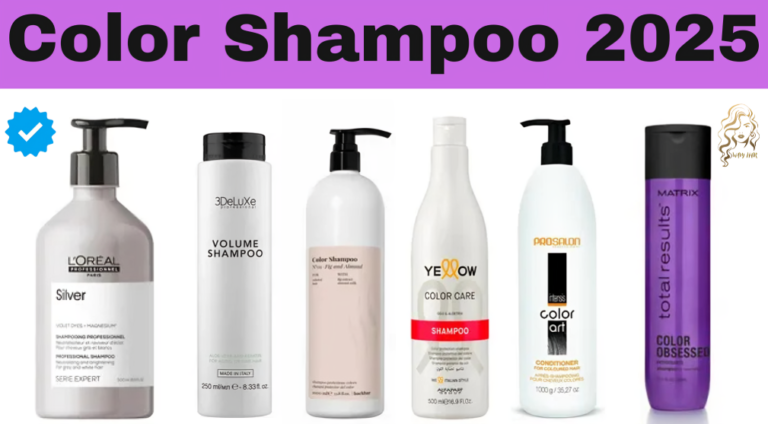The Enchanting Legacy of Red Hair
Red hair, one of the rarest and maximum putting herbal hair shades, has captivated hearts and minds in the course of history. This vibrant hue, starting from fiery orange tones to deep auburn sun shades, holds a completely unique role in genetics, cultural significance, and creative illustration. With most effective 1-2% of the world’s populace boasting red hair, it stands as a testomony to diversity and individuality.
The origins of purple hair are as charming as the shade itself. Genetically, purple hair is the result of a mutation inside the MC1R gene on chromosome 16. This mutation ends in the production of pheomelanin, a pigment responsible for the distinct pink hue, coupled with truthful pores and skin that regularly accompanies this hair type. While crimson hair can appear in any ethnicity, it’s miles predominantly associated with individuals of Celtic and Northern European descent. Countries like Scotland, Ireland, and Wales have better concentrations of people with crimson hair, contributing to its identity as a cultural marker in these regions.
Symbolism and Myths Surrounding Red Hair
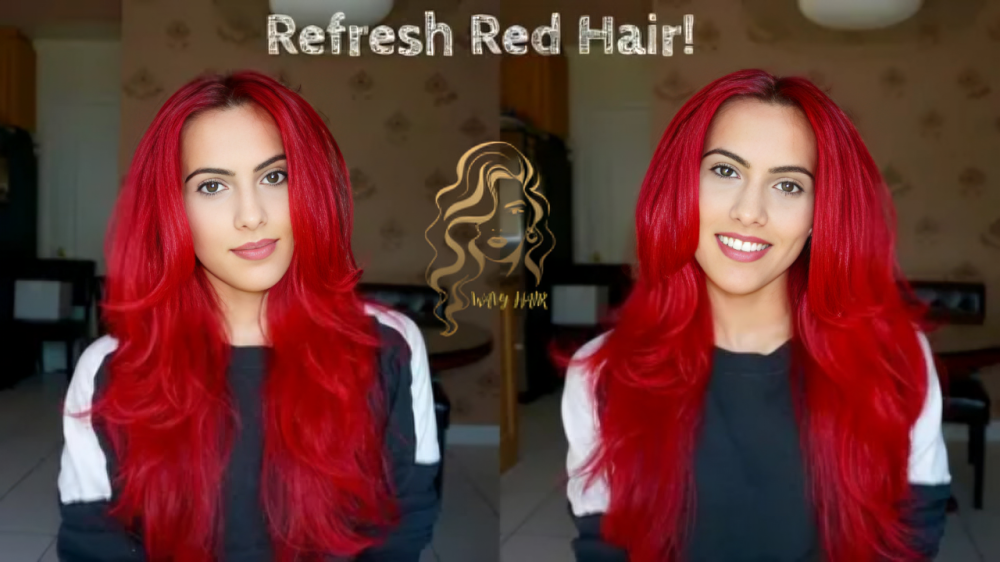
Throughout history, red hair has been imbued with symbolic and mythical meanings. Ancient societies frequently viewed crimson-haired people with awe, suspicion, or reverence, depending at the cultural lens. In historic Egypt, pink hair changed into considered a mark of distinction, with pink-haired individuals on occasion preferred in certain non secular rites. Similarly, in Greek mythology, pink hair changed into related to temperamental and fiery characteristics, aligning with the symbolic power of the color red.
However, no longer all perceptions of pink hair have been nice. During medieval instances in Europe, red-haired individuals had been once in a while stigmatized, as their look was considered uncommon and connected to superstitions. Such biases have luckily shifted over time, giving way to a contemporary appreciation for the hanging and rare beauty of purple hair.
Red Hair in Art and Literature
The allure of pink hair has stimulated endless artists, writers, and filmmakers. Throughout artwork records, crimson hair has been used to represent passion, power, and individuality. Pre-Raphaelite artists within the nineteenth century often depicted girls with flowing crimson hair as figures of thriller and enchantment, emphasizing its connection to nature and sensuality.
In literature, pink-haired characters are often portrayed as bold and adventurous. Anne Shirley, the protagonist of Anne of Green Gables, famously stated, “People who have not crimson hair do not know what hassle is.” This sentiment displays the individuality and challenges that come with having red hair, in addition to the strength and resilience frequently related to crimson-haired people.
Red Hair and Its Modern Representation
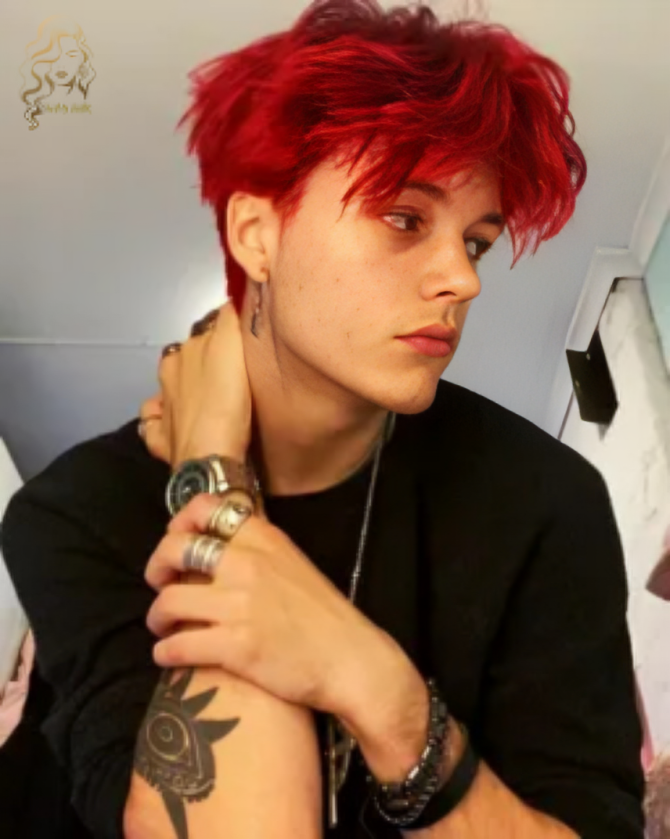
In modern media, pink hair keeps to capture interest and imagination. Celebrities like Julianne Moore, Ed Sheeran, and Jessica Chastain have embraced their natural crimson locks, further solidifying the global attraction of this distinct hair shade. Meanwhile, fictional characters like Merida from Disney’s Brave and Prince Harry’s red hair have made an indelible mark in famous culture.
Red hair has additionally come to be a celebrated trait in splendor and style. Many haircare brands and salons offer specialised products and treatments tailor-made to beautify and maintain the brilliance of purple hair. The herbal vibrancy of crimson hair requires care to avoid fading, and improvements in haircare have made it less difficult than ever for red-haired individuals to hold their one of a kind hue.
Genetic Rarity and Research
From a scientific point of view, crimson hair remains a subject of intrigue due to its genetic rarity. Research has proven that the MC1R mutation answerable for purple hair also can have an effect on sensitivity to ache and response to sure medicinal drugs. This has caused further studies exploring the unique developments related to purple-haired individuals, consisting of their capacity to supply Vitamin D more successfully in low sunlight conditions, that is especially tremendous in northern climates.
Additionally, the rarity of pink hair has sparked hobby in predicting its occurrence in future generations. Some researchers estimate that as intermarriage among one of a kind genetic backgrounds increases, the incidence of herbal crimson hair may decrease over the years. However, this does not decrease its cultural and aesthetic significance, as crimson hair remains a image of individuality and beauty worldwide.
Embracing Red Hair: A Celebration of Uniqueness
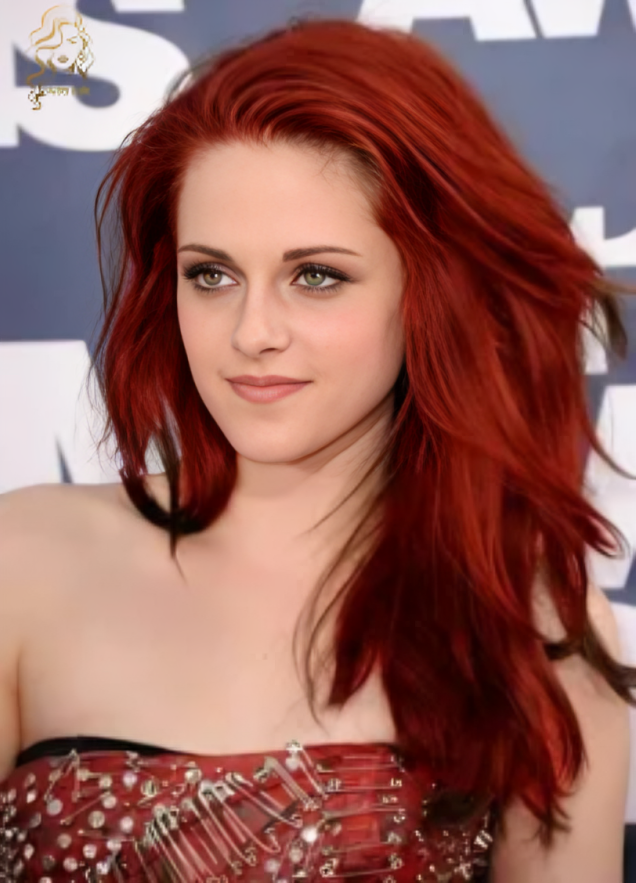
Today, pink-haired individuals are celebrated for his or her unique appearance and cultural heritage. Social media platforms have end up a space wherein redheads from throughout the globe join, share experiences, and include their herbal splendor. Annual gatherings like Redhead Days inside the Netherlands and other comparable activities show the strength of community amongst those who proportion this rare genetic trait.
Moreover, improvements in technology and era have allowed for more appreciation and illustration of red hair in media, artwork, and splendor industries. Haircare products specially designed for pink hair, from shampoos and conditioners to coloration-enhancing remedies, have come to be without difficulty to be had, catering to the wishes of red-haired people and ensuring their fiery colors shine bright.
Final Thoughts at the Beauty of Red Hair
Red hair is greater than only a color; it is a reflection of individuality, tradition, and records. From its genetic origins to its symbolic representation in artwork and media, crimson hair keeps to captivate and inspire. Its rarity only adds to its allure, making people who possess it stand out inside the pleasant viable way. Whether celebrated in literature, art, or technological know-how, pink hair remains a undying symbol of splendor and distinctiveness.

